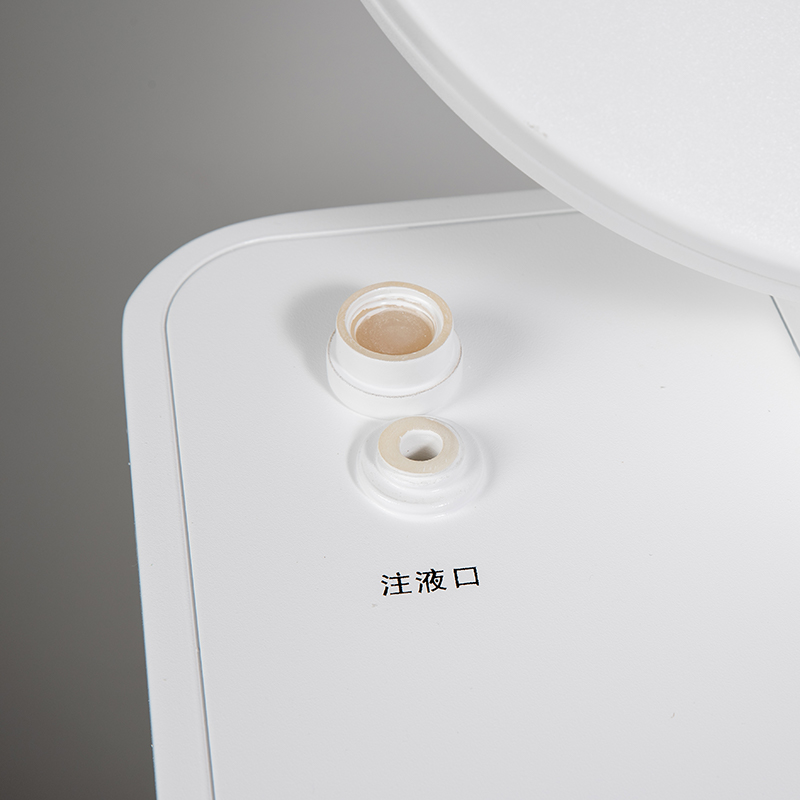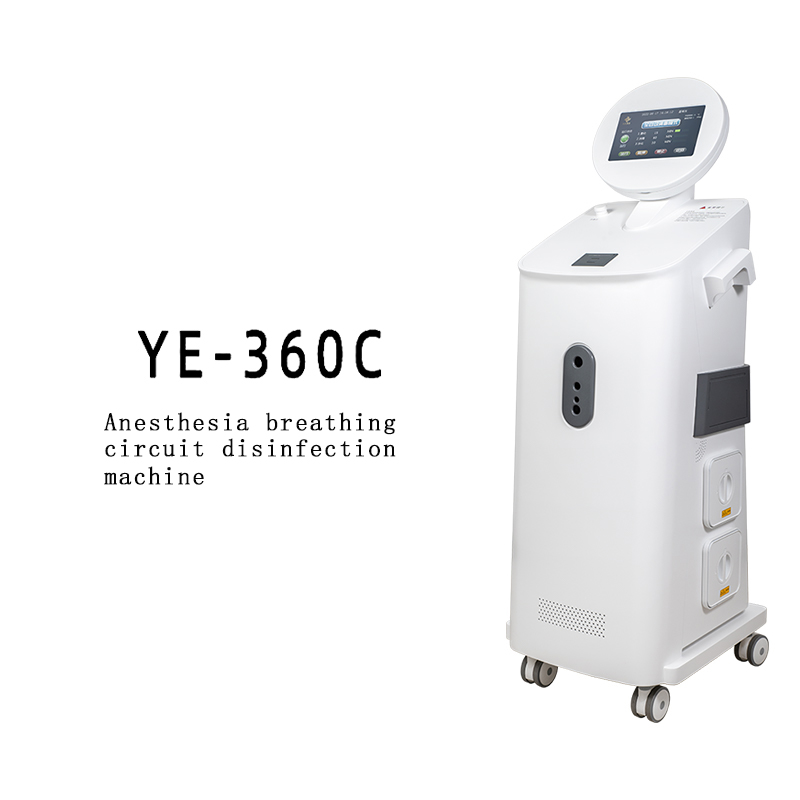Ventilator Exhalation Valve Disinfection: Safeguarding Respiratory Health
Section 1: Methods for Ventilator Exhalation Valve Disinfection
1.1 Regular cleaning and disinfection protocols
a. Guidelines provided by healthcare organizations
b. Recommended cleaning agents and techniques
c. Frequency of disinfection
1.2 Ultraviolet (UV) disinfection
a. How UV light effectively kills microorganisms
b. Suitable UV devices for disinfecting exhalation valves
c. Implementation considerations and safety precautions
1.3 Sterilization methods
a. Introduction to sterilization techniques
b. Ethylene oxide sterilization: benefits and challenges
c. Steam sterilization and its suitability for exhalation valve disinfection
Section 2: Key Considerations for Ventilator Exhalation Valve Disinfection
2.1 Material compatibility and durability
a. Evaluating different valve materials
b. Selecting appropriate disinfection methods without compromising valve integrity
2.2 Proper handling and storage
a. Best practices for handling and storing exhalation valves
b. Adherence to local guidelines and protocols
2.3 Staff training and awareness
a. Ensuring healthcare personnel receive adequate training on disinfection procedures
b. Regular updates on new guidelines and protocols
Conclusion
1. Recapitulation of the importance of ventilator exhalation valve disinfection
2. Emphasizing the role of proper disinfection in combating potential infections
3. Sustaining respiratory health through ongoing efforts and awareness
By following the recommended methods and considerations discussed in this article, healthcare providers can effectively safeguard the respiratory health of patients by ensuring the reliable disinfection of ventilator exhalation valves. Together, let us fight against infections and protect the lives of those relying on ventilators during these challenging times.

